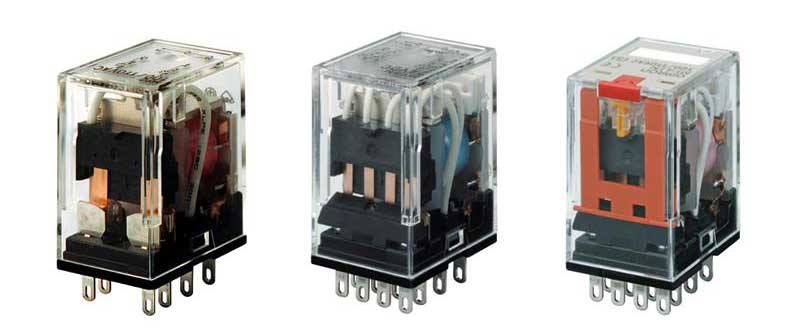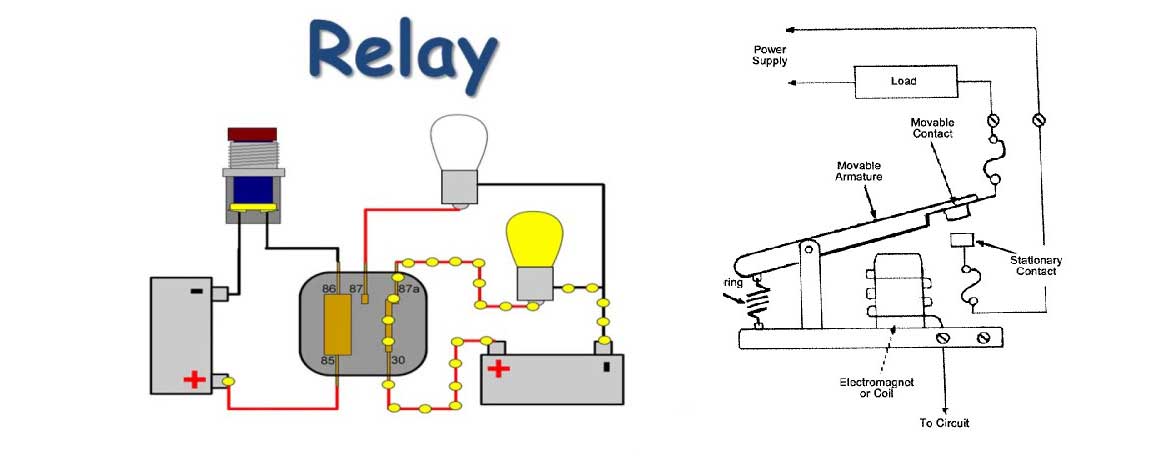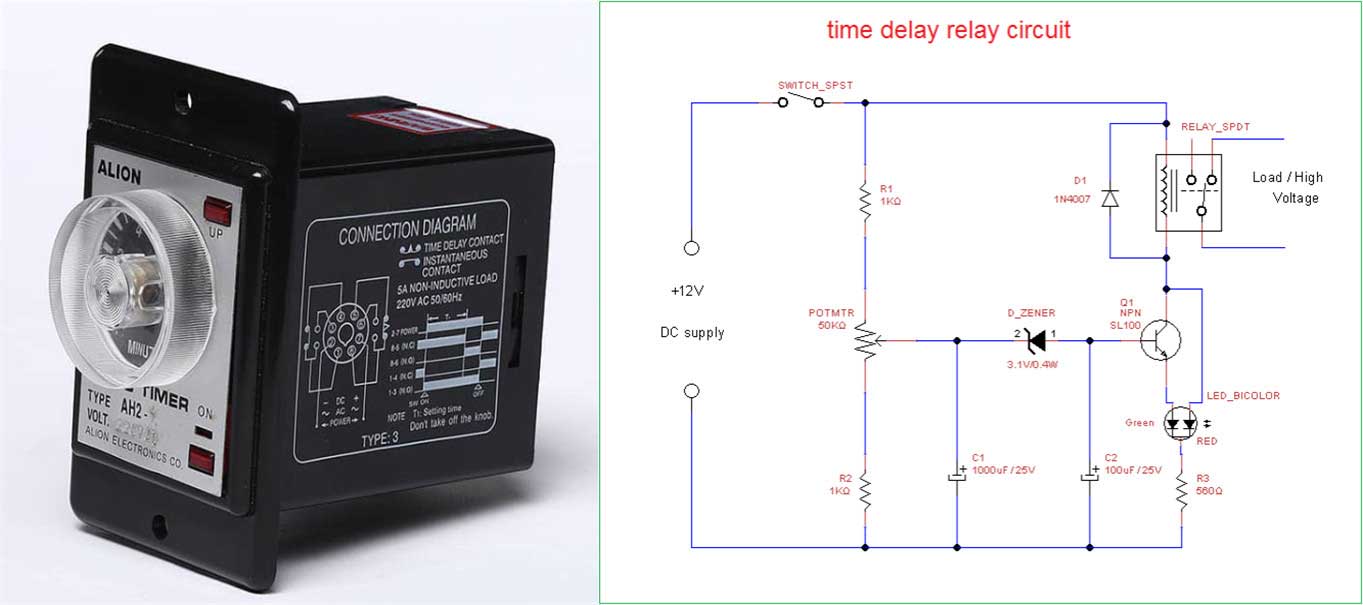Leading Time Relay Manufacturer From China
- The time can be set directly without using other setup tool like a software
- The set value can be visually checked onsite
- They are easy to replace if Product failure happens
- It is easy to understand the time sequence only by diagram
- The time setting is possible without a power supply input. (For Analog Timers)
- There is no setting error by the distinct operators. (For Digital Timers)
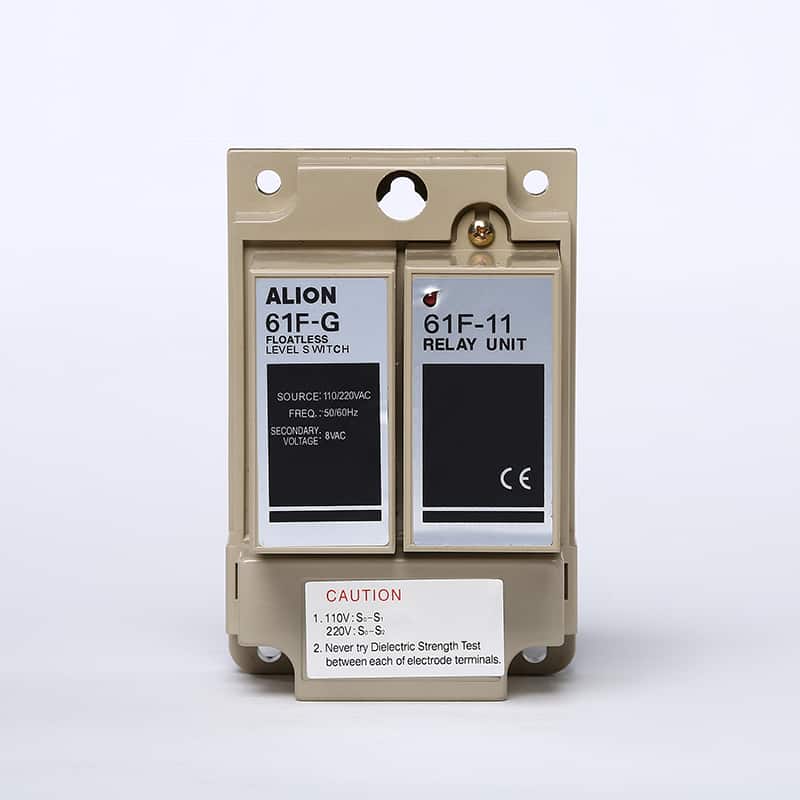
Floatless Relay - Automatic Water Supply and Drainage Control
ALION floatless relays are level controllers that detect water levels based on the conductivity of the medium measured by using conductive electrodes. When a relay senses the liquid level measured, the output contacts of the relay are energized and latched. These latched outputs are released when the latching electrode is brought out of the medium measured. The operation repeats as the medium’s level change to achieve a continuous level control system.
- Ideal for level control of any conductive liquid
- Both general-purpose and panel-use models available
- Incorporates an arrester for surge and induced lightning protection
- Wide range of models: Long-distance, high and low sensitivity, two-wire, etc
- LED indicator for quick operation check.
- There is no setting error by the distinct operators. (For Digital Timers)
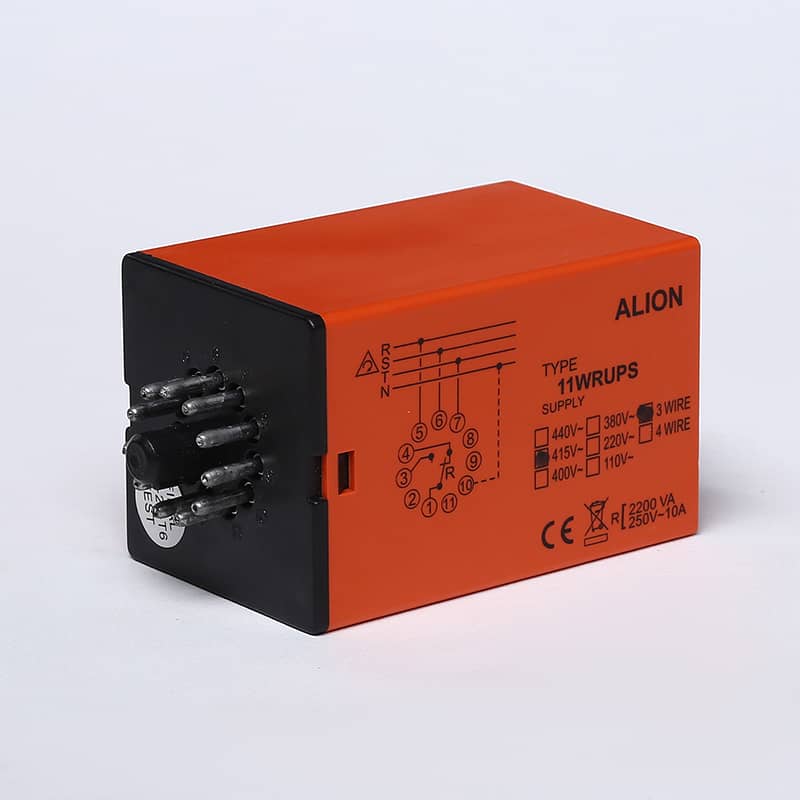
Protection Relay - Critical Components of Electrical Power Grid
ALION Protective relays are one of the critical components of the electrical power grid that serve to detect defective equipment or other dangerous or intolerable conditions and can either initiate or permit switching or simply provide an alarm to provide a safer, more reliable delivery system.
- LED fault indication
- Power Supply: 3 x 110V AC, 3 x 220V AC, 3 x 380V AC, 3 x 400V AC , 3 x 415V AC, 3 x 440V AC.
- Universal wide operating voltage range: Rated voltage adjustable ±30%
- Available 3 wire or 4 wire
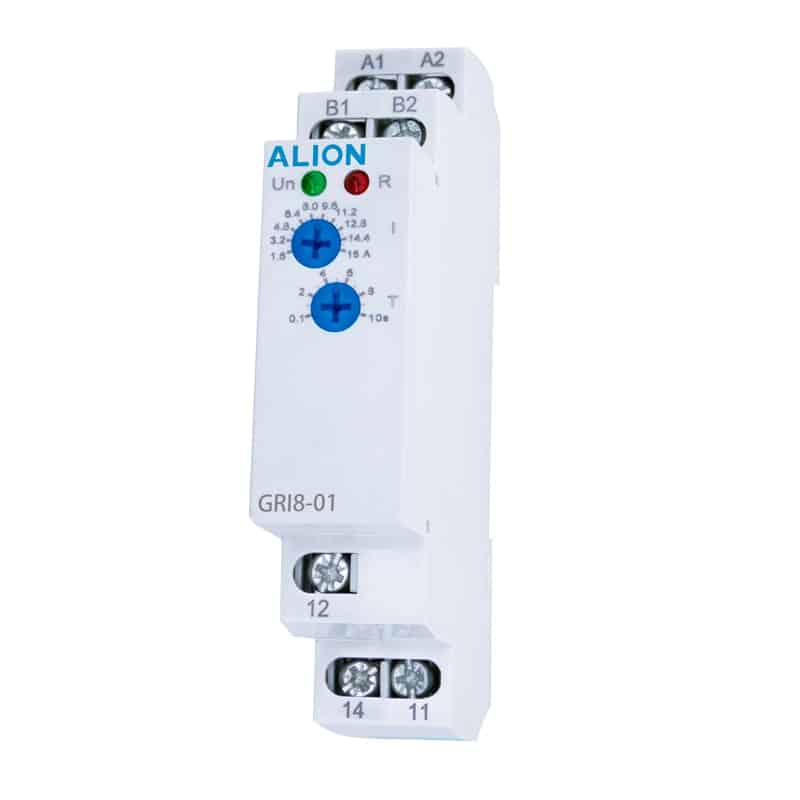
Modular Timer Relay - Essential Part of Motor Control
ALION Modular Timers is an electrically controlled device that allows an electrical circuit to be switched on or off. The use allows for one or more circuits to be controlled by a different control circuit. Modular Timers are an essential part of the motor control and industrial worlds. As such, they are used in many types of applications including:
- Pumps
- Industrial Controls
- HVAC Systems
- Lighting
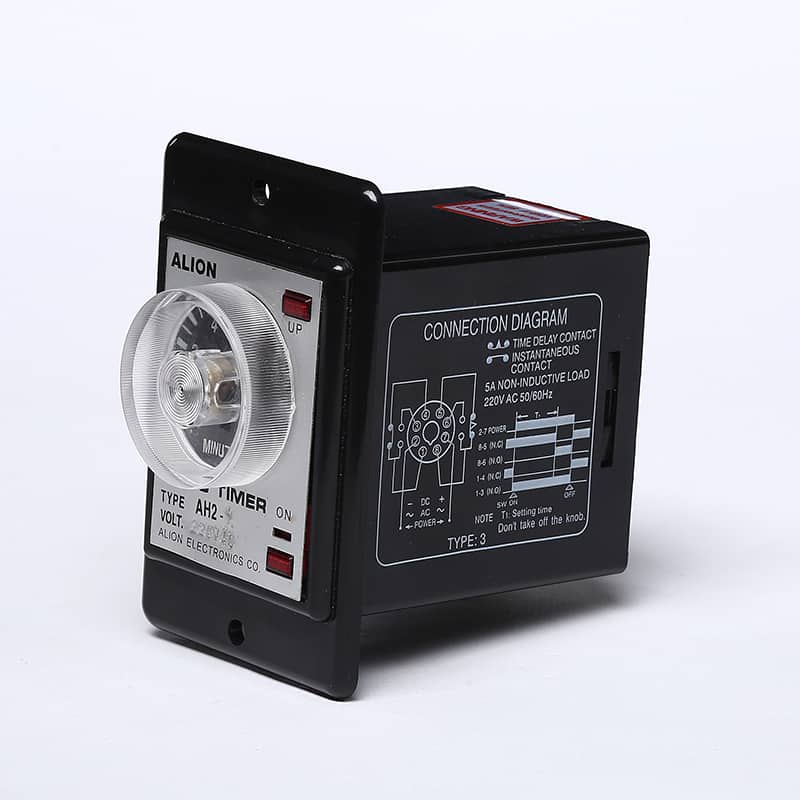
Multifunction Timer Relay - Multi-range Timer Delay Relay
ALION provides multifunction time delay relays include a range of Analog Timers and Digital Timers. Analog Timers used dial knob setting enables easy operation. Digital Timers provide high-precision operation time settings. Digital switches enable easy preset time settings.
- Customized CMOS IC for low power consumption, high operation stability, and extreme timing accuracy.
- 15 different time ranges available, from 0.1 sec to 24 hours.
- Large transparent knob for easy adjustment and monitoring.
- Mounting & Socket: Surface(-N): PF083A(E)/PS-08 Flush(-Y): US-08/P3G-08

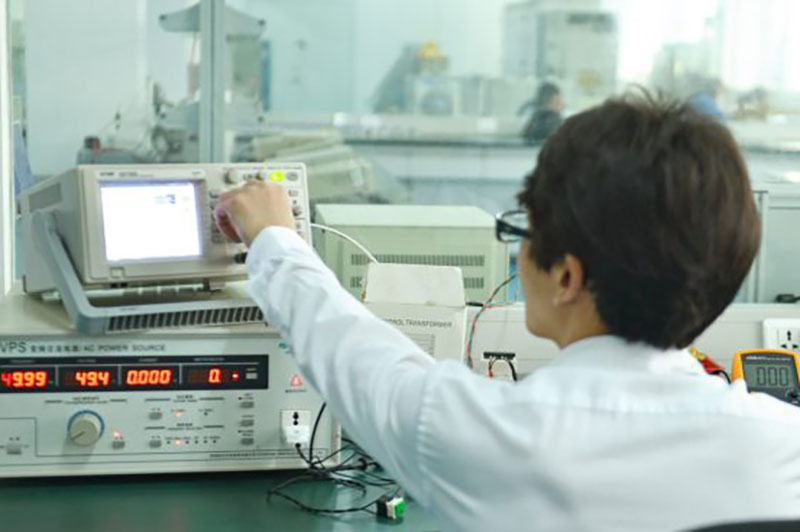
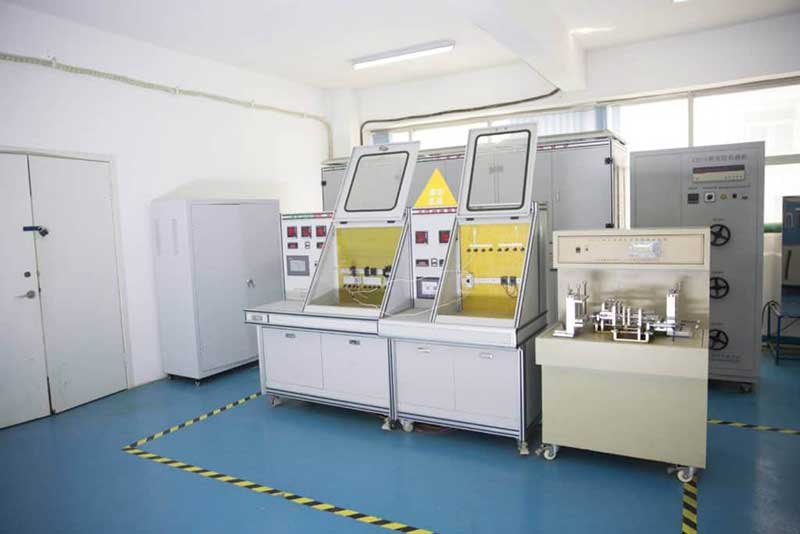
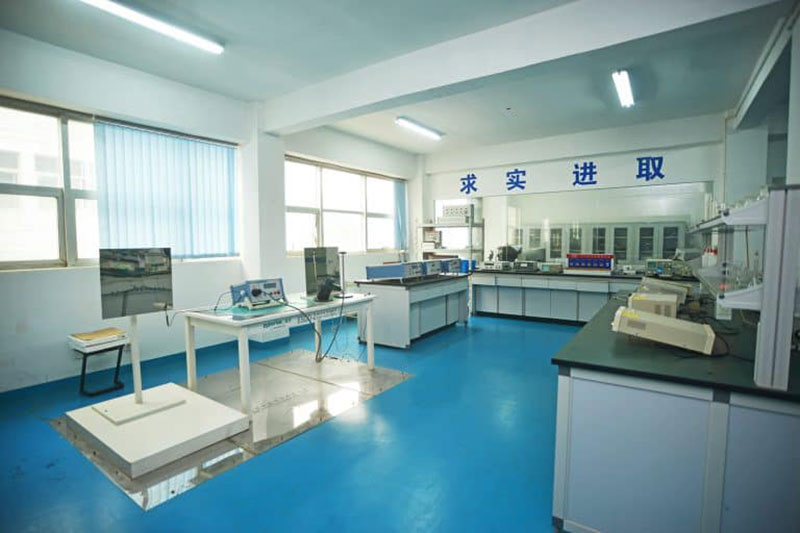
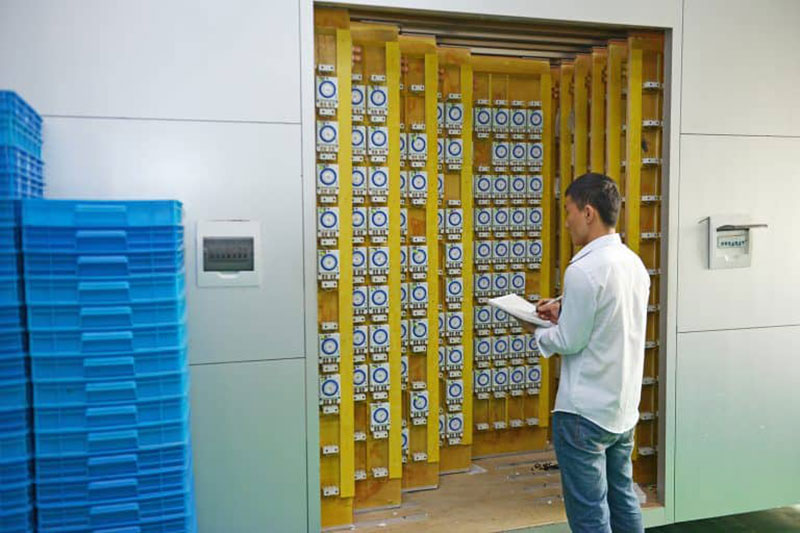
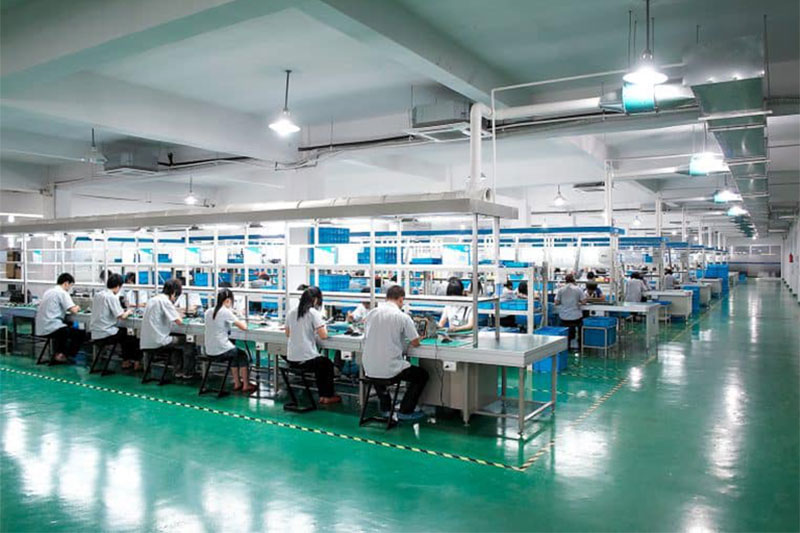
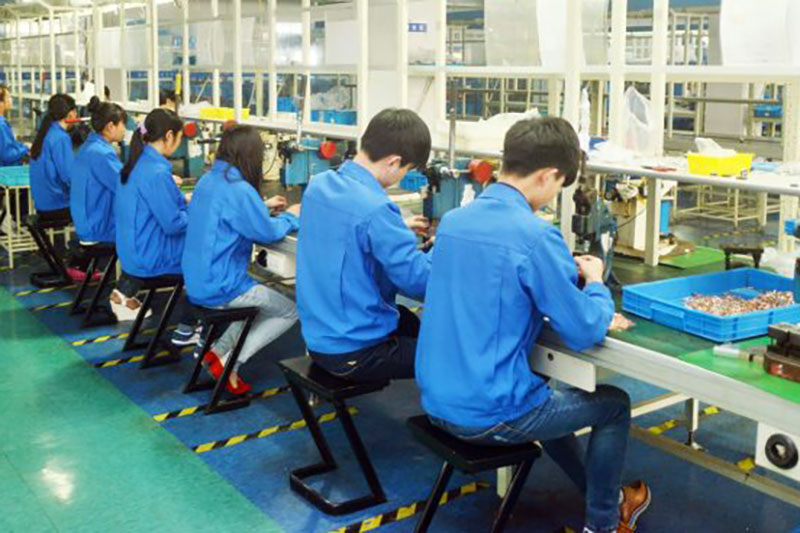
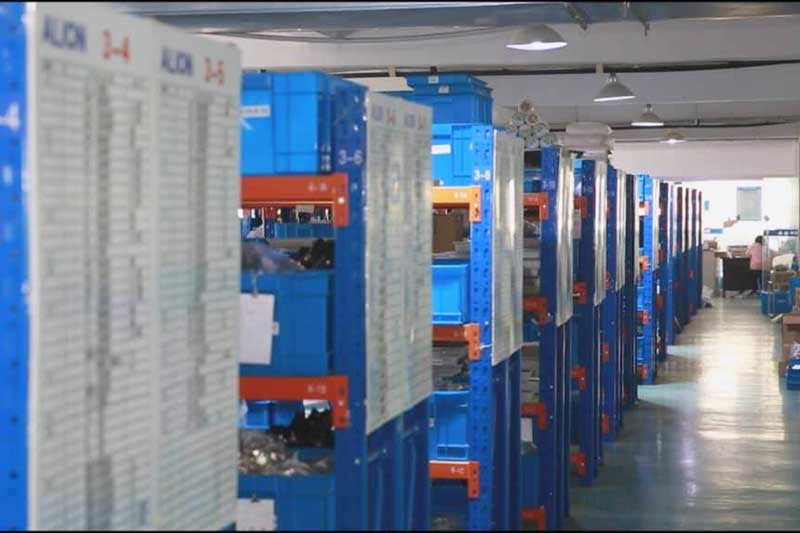
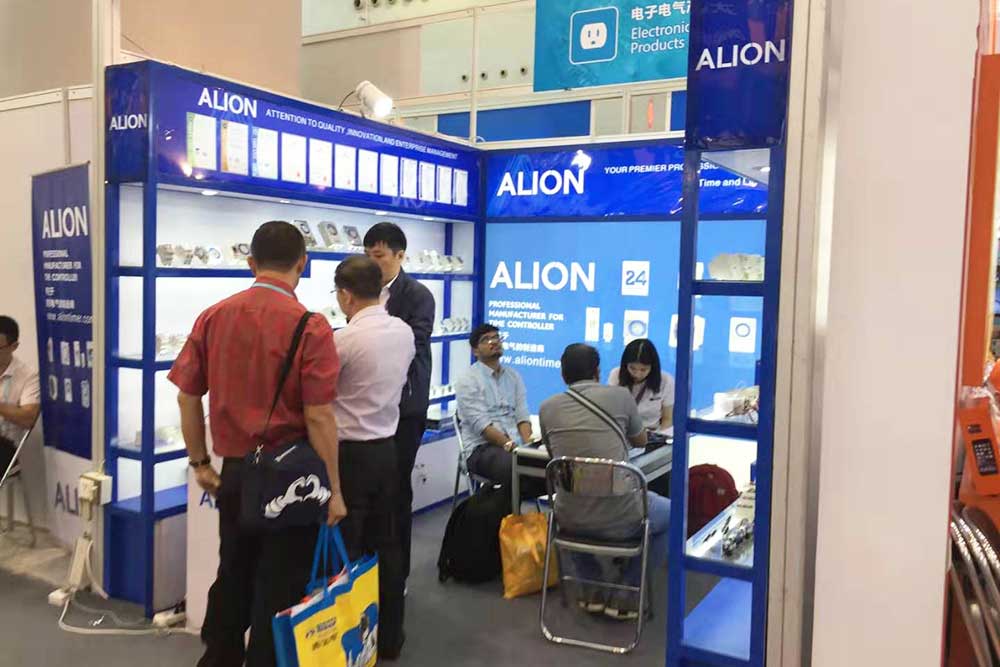
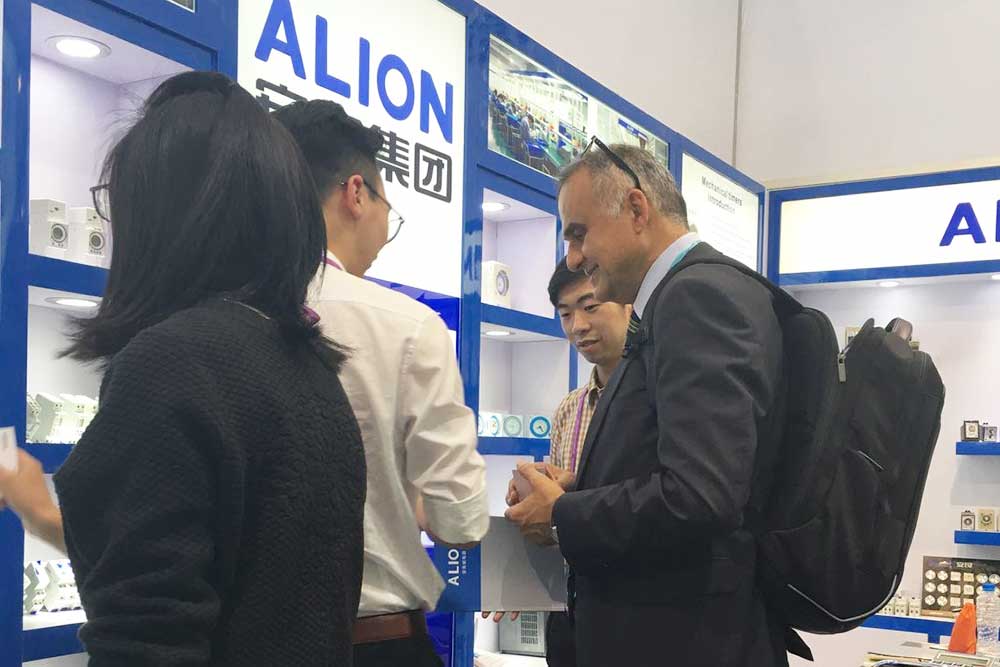
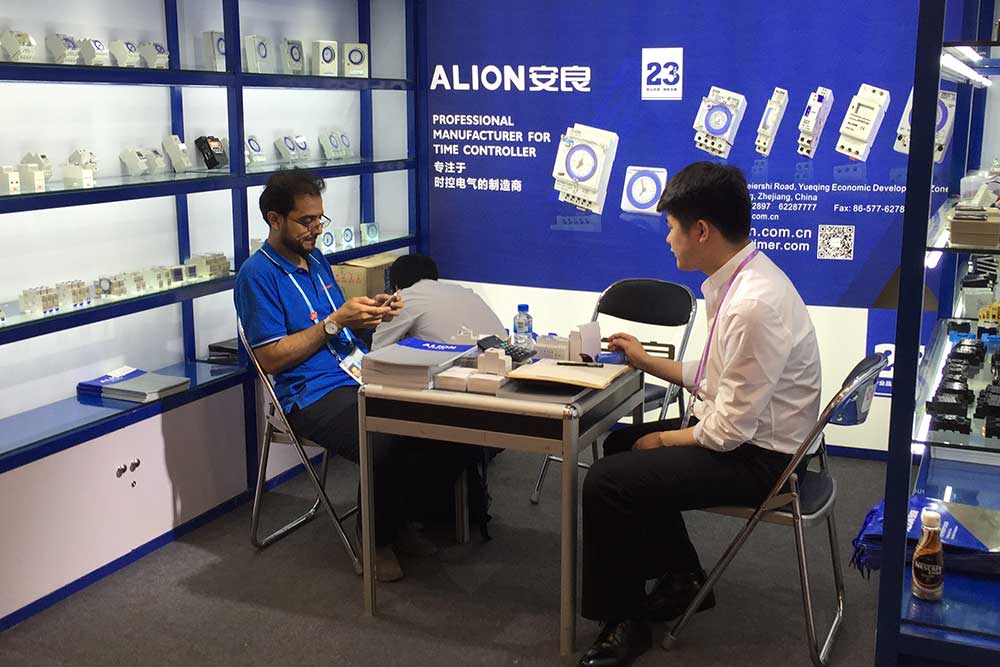
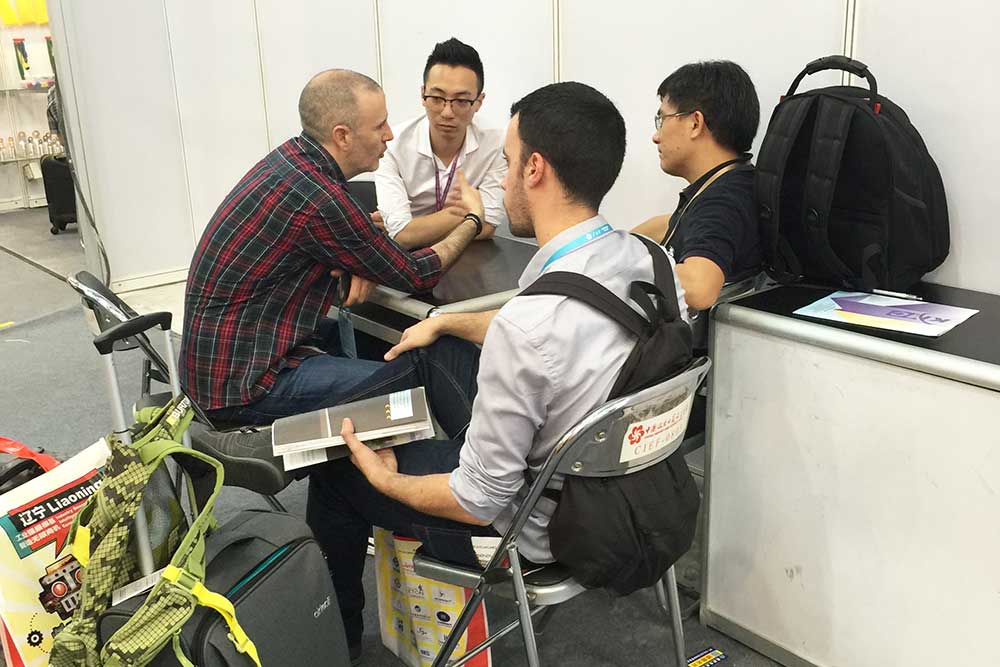
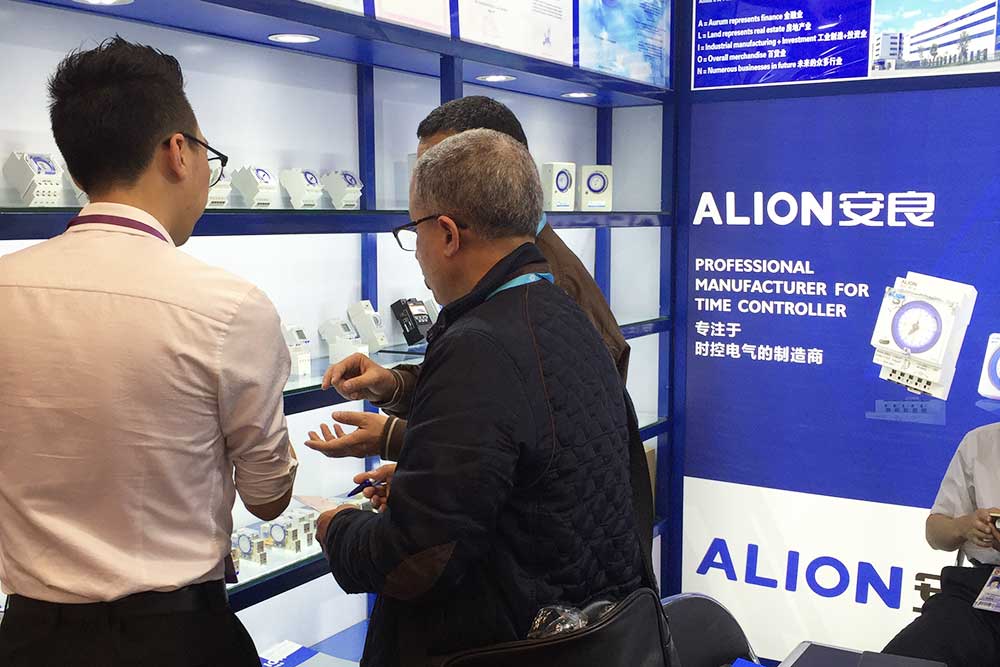
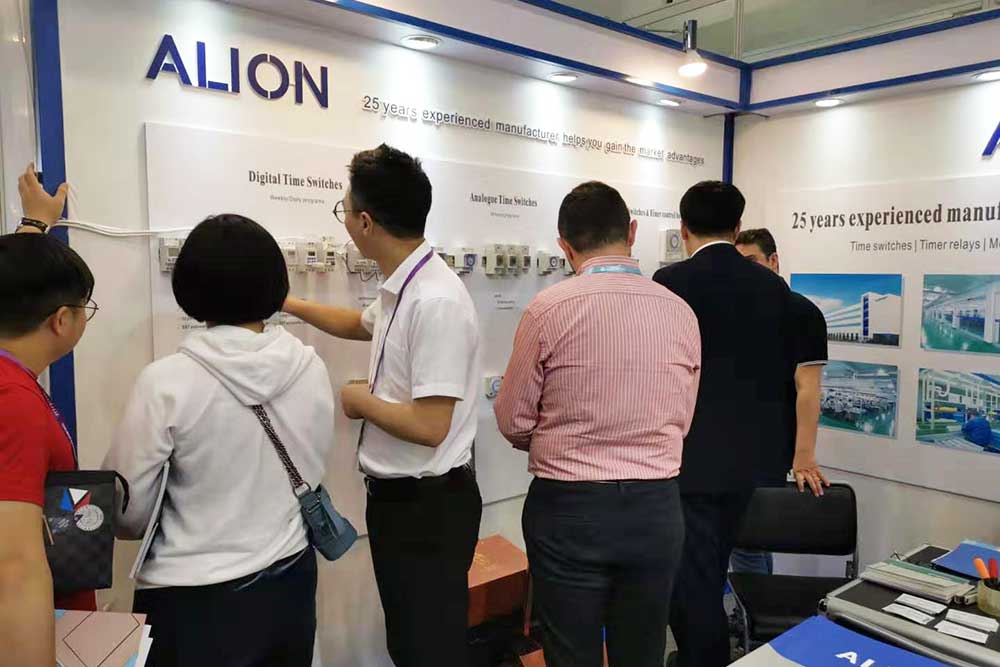
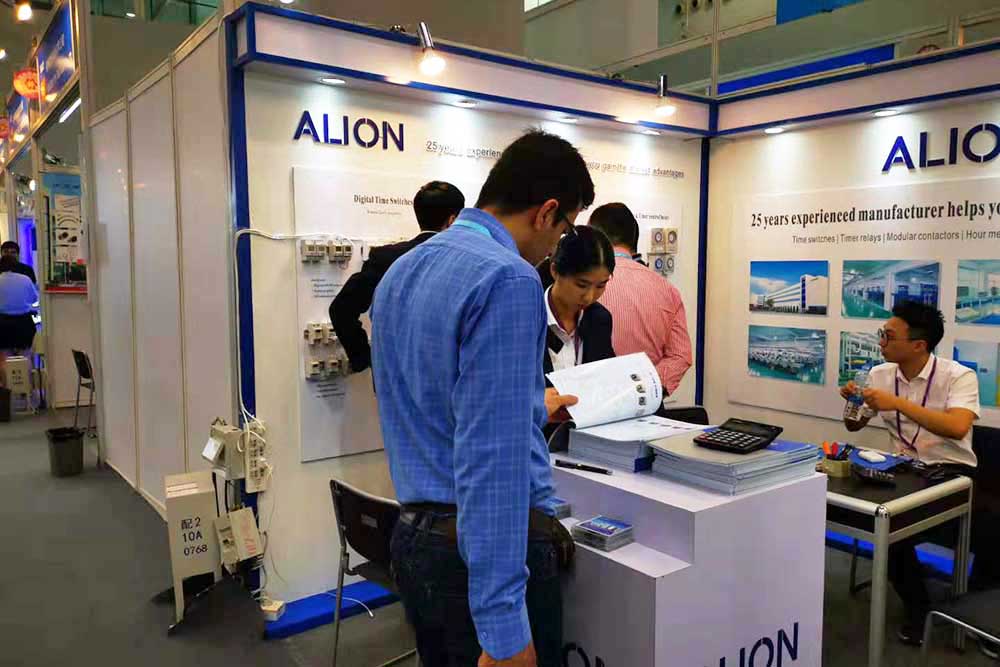
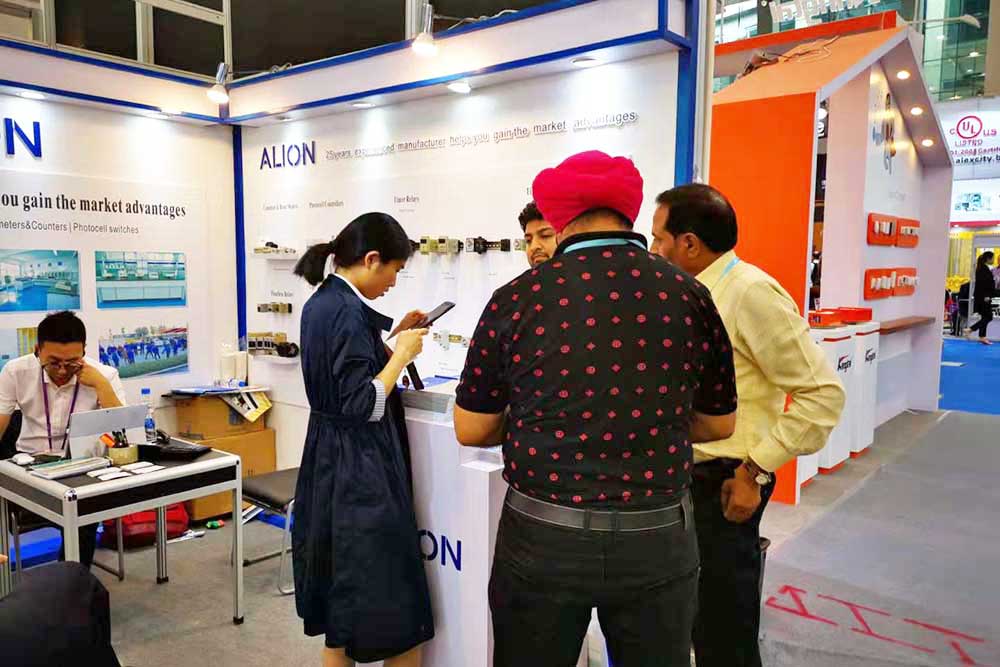
Time Delay Relay Manufacturer FAQ
The warranty period is 24 months from the goods leaving our warehouse. In warranty period, all of the defective products can returned to the factory to be repaired or be replaced.
We offer the free sample, you only need to pay the freight. One reference is up to 2 pcs, the total quantity is no more than 6 pcs. You can also place a sample order if you exceed the quantity.
We set up a flexible MOQ to meet your needs.
MOQ is 500units, the packaging will be Laser printing; Labels and manuals put your logo by printers; White innerbox and universal cartons.
MOQ is 1,000units, we will be based on your artworks included the production of labels and inner box.
If need to develop products or improve product performance, the MOQ is 2,000units in the first order. Please submit your requirement to contact us.
This depends on the products. The standard time products are delivered within 5-20 days. The delivery time of the special products is according to the time of completing the products.
Our standard payment term is 30% T/T deposit, 70% balance Before the shipment.
Yes, we’re excited to help inspectors to complete the inspection work.
Request Your Free Time Relay Quotation Now
Contact us for design assistance, free quote, and expert advice today.
Your inquiry will be replied within 12 working hours, and we respect your privacy.
We'll reply you in 24 hours
Timer Relay - Definitive Guide
People know time relay since 1968 for its reputable styles that provide long service lives with reduced upkeep prices. Time delay relays to control the circulation of electric power as well as can be utilized to manage power to many different kinds of electrical. Combining electromechanical outcome relay ability with control circuitry, these relays are pre-engineered to carry out approximately 11 time delay functions.
With the effective operating concept, timer relays offer you the option of deciding on amongst functions and also time delay varies to guarantee that you receive the best timer to fit your needs.
1. What is a relay?
Relays are electrically run switches that enable one electrical circuit to control several various other circuits by opening up and also shutting its calls in action to invigorating or de-energizing its coil.
Relays are commonly used to change beginning coils, burner, pilot lights and also audible alarms. Along with dishwashers, refrigerators, heating and also a/c systems, relays control the operation of machine tools, industrial production lines and industrial devices.
Protective relays can prevent equipment damages by discovering electric problems, including overcurrent, undercurrent, overloads and also reverse currents.
2. What are electromechanical relays?
Relays are either electromechanical (EMR) or solid-state (SSR).
General-purpose relays are electromechanical switches that are usually run by a magnetic coil. They run with Air Conditioner or DC, at typical voltages such as 12 V, 24 V, 48 V, 120 V and 230 V, as well as can control currents varying from 2 A to 30 A.
These relays are economical, very easy to change and permit a large range of switch configurations. Examples include interposing (in between programmable reasoning controllers as well as huge lots) as well as simple logic circuits.
3. Electromechanical relay components
- Frame– Contains and sustains the parts of the relay
- Coil– Wire is wound around a metal core. The coil of cord creates an electromagnetic field
- Armature– The moving part of the relay that opens as well as closes the contacts. An attached springtime returns the armature to its initial placement
- Contacts– The conductive part of a switch that closes or opens a circuit
4. How does it work for a relay?
A relay involves two circuits: the invigorating circuit and also the get in touch with the circuit. The coil gets on the energizing side and the relay contacts get on the call side.
When a relay coil is stimulated, existing moving with the coil creates a magnetic field. Whether in an Air Conditioning or DC device, the fundamental feature stays the same– the magnetic coil attracts a ferrous plate that is part of the armature.
One end of the armature is affixed to the metal frame, which is created to ensure that the armature can pivot while the various other end opens up and also shuts the calls.
5. What is a timer relay?
Time relay is additionally called time hold-up relay or timer relay. It is a sort of electromechanical control relay with a built-in dead time. Its objective is to manage an event based on time. Timer relay delays the armature activity on coil energization, de-energization, or both. It is designed to trigger or shut down a machine, a circuit, or a system.
6. How does timer relay work?
When the supply voltage is applied to the timer relay, the microprocessor begins booting. The microprocessor checks out the info from the user interface. The interface consists of different modification opportunities on the front face of the timer. There the moment feature, time array, as well as the fine modification of the preferred hold-up time need to be set through rotating switches and potentiometers.
After that, the microprocessor reads the information of the control inputs such as the control input for starting the hold-up. This information for the timer is to start the procedure and it is called the ‘start impulse’ or the ‘trigger’.
Now the timer runs. When the selected dead time is total, the outcome relay energizes/de-energizes. After the energization of the output relay, the lots current is powering the connected tool like a contactor.
7. Timer relay types and functions
Perpetuity hold-up relays do eleven specific features. These are standardized throughout brand names. The preferred function is chosen by means of the turn of a knob or through some other user interface. At the present time, a signal from the control circuit is fed right into the relay, beginning the relay function. The electric power at the power input of the relay is after that changed to result.
Timer relays offer a vast array of selectable features so that individuals can personalize their details maker operations. There are lots of timing features for timer relays. These functions ought to be checked from the catalogues of the suppliers.
Right here are the Specific Functions of various Time Delay Relays
Function Code | Description of Time Delay Operation (All time delays perform these 11 functions) |
1 | ON DELAY: When the coil is powered on, the on DELAY timing period begins, and the contact does not move at this time. At the end of the ON DELAY amount of time the calls transfer, either connecting (normally open get in touches with) or disconnecting (usually closed get in touches with) the tons. The calls remain in the moving state until power is eliminated from the coil. They return to their original state and also the unit awaits a new cycle. |
2 | OFF DELAY I: |
3 | OFF DELAY II: |
4 | INTERVAL DELAY: |
5 | CYCLE 1 SHOT (EQUAL TIME OFF/ON): |
6 | REPEAT CYCLE (EQUAL ON AND OFF DELAY TIME PERIODS): |
7 | REPEAT CYCLE (INDEPENDENT ON AND OFF DELAY TIME PERIODS): |
8 | SIGNAL INTERVAL/OFF DELAY: |
9 | SIGNAL ON DELAY/OFF DELAY: |
10 | POWER OFF DELAY: |
11 | WATCHDOG (RE-TRIGGERABLE SINGLE SHOT): |
8. The difference between timer relay and electromechanical relay
The functioning principle of a timer relay is a bit different from a control relay The distinction between an electromechanical control relay and a timer relay is the switching of outcome contacts. Calls of an electromechanical relay change position as quickly as the voltage is put on or gotten rid of from the coil. Calls of a timer relay will change position prior to or after a pre-selected, timed interval.
9. The distinction between on delay and off delay timer relay.
On hold-up timer relay: When the supply voltage is applied as well as the hold-up time is over, output contact alters the setting. (For example, a fan begins working) And when the supply voltage breaks down, the output call turns back to the initial position. (And the follower quits).
Off delay timer relay: Output gets in touch with alters the position when the supply voltage is applied. (For example, the follower starts functioning instantly) But when the supply voltage breaks down, the output call reverses to the initial placement for the defined time. (The follower keeps benefiting the specified time).
10. Timer relay applications.
- They are suitable for a wide variety of applications, consisting of:
- Equipment: solitary equipment, star-delta motor beginning, commercial automation and processes.
- Structures: lighting control, automated doors, parking area barriers, roller shutters.
- Water segment: pump controls as well as watering systems.
- HEATING AND COOLING: fans as well as central water supply.
11. Other application instances:
- Cyclic changing of equipment, as an example, the regular start-up of a follower to avoid them from sticking or the flushing of pipes to maintain them clear.
- Lighting control, as an example, is the postponed changing of multiple rows of lights in manufacturing centres or green-houses.
- Time controlled start-up or closed down of machinery tools, as an example, the postponed switch-off of conveyor belts or the successive shut down of a plant.
- Alarm triggering in case of mistake discovery, as an example, to enable the blinking of a lamp in commercial applications or rolling stock.
- Star-delta electric motor beginning, For instance, to decrease beginning current with changeover hold-up to avoid interphase short-circuits.
- Button for crosswalk, for example, when you push the button for a walk signal, the signal light modifications from don’t walk to stroll after a delay.
- Car laundry, For instance, the auto-clean runs for 5 mins when money is inserted.
12. How to choose the right Timer relay?
When picking a timer relay these specifications should be thought about:
- Supply voltage.
- Timing functions. (like multifunction timer delay relay, on delay, off delay, etc.).
- The number of results gets in touch with.
- Timing arrays. (For example: 0.05 s– 100 h, 05 s– 10 minutes).
- Indicator of functional states. (LED sign).
- Special functions like voltage-related triggering, volt-free triggering, remote potentiometer connection.
These attributes we have actually noted are basic. Features may vary from brand name to brand name. The maker magazines and customer manuals need to be inspected before selecting.
13. Relevant Technical definitions.
- Input voltage: The input voltage of a timer relay is the control voltage applied to the A1-A2 terminals. The input voltage will certainly either start the relay or make it ready to start as soon as a trigger signal is used.
- Trigger signal: A trigger signal is used to launch the relay after the input voltage has been used.
- Result: Every time delay relay has an internal relay (generally mechanical) with getting in touches with that open up & near to control the tons.
There are three types of outcomes to get in touch with.
- Ø Carbon Monoxide: When the coil is de-energized, it shuts the circuit between the common factor C and also NC call. When the coil is energized, it closes the circuit between the common factor C and also the NO gets in touch with.
- Ø NC: A get in touch with that is closed without being activated is called a typically closed contact.

